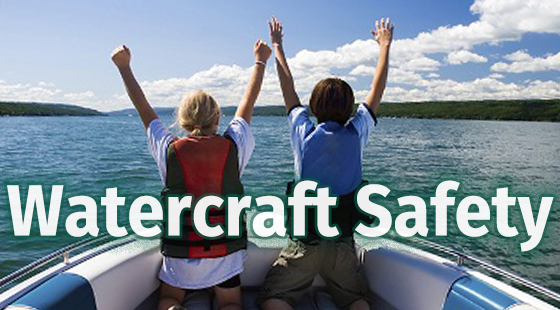
Local Volunteers Receive Prestigious 2021 EPA Environmental Merit Lifetime Achievement Awards for their work on Narrow (Pettaquamscutt) River
Narrow River Preservation Association (NRPA) is proud to announce that long time volunteer Board members Dr. Veronica Berounsky and Annette DeSilva have received Lifetime Achievement Awards from the Environmental Protection Agency, Region 1. NRPA nominated these dedicated people in recognition of their 30 year commitment to the ecology and health of Narrow River and its watershed. We are thrilled that their extensive contributions to our environment have been publicly honored.
A video of the 2021 EPA Region 1 Awards can be seen here.
The program for the 2021 EPA Region 1 Awards can be found here.
ANNETTE DESILVA of Narragansett, Rhode Island
Annette DeSilva is being recognized for her 30 years of outstanding and sustained stewardship of the Pettaquamscutt Estuary, known locally as the Narrow River. In 1992, Annette, with Veronica Berounsky and others, founded Narrow River Preservation Association’s River Watch Program in concert with the University of Rhode Island’s Watershed Watch program. Monitoring water in the estuary allows the association and local officials to identify problems and find remedies.
Since the start of the River Watch program, Annette has been coordinator of the all-volunteer program, supporting over 200 volunteers who spent over 8,800 hours at the Narrow River taking over 47,400 field measurements and obtaining more than 13,700 water samples.
Under Annette’s leadership, the program has expanded to 13 sites, which includes streams and stormwater outfall pipes. Having found high bacteria counts that could not be explained by processes within the river, Annette advocated adding new sites so inputs could be examined. Shortly after the program started and one test site showed high bacteria counts, an outhouse along Gilbert Stuart Stream was removed, resulting in clean water samples within weeks. Since then, countless projects informed by River Watch data have been installed. When the U.S. Fish and Wildlife Service needed water monitoring done in 2015, it came to the association because of its reputation for reliable river monitoring.
Annette and colleague Veronica Berounsky have presented detailed findings, trends, and summaries of decades of River Watch data. These show improvements in water quality and identify problematic areas that require more research and mitigation. Having served on the association’s board of directors from 1990 to 2018, she is now an advisory board member.
Annette’s 30 years of commitment to the River Watch program has resulted in improved water quality in the estuary. This well-established program will continue to lead to improvements for decades to come.
DR. VERONICA BEROUNSKY of Narragansett, Rhode Island
Dr. Veronica Berounsky is being recognized for her 30 years of outstanding and sustained stewardship of the Pettaquamscutt Estuary, known locally as the Narrow River. As both a board member and vice president of the Narrow River Preservation Association, Veronica’s environmental advocacy has led to environmentally responsible development and the protection of the watershed.
A powerhouse of energy and dedication, Veronica was instrumental in creating the association’s River Watch program in 1992, which has directly led to better water quality in Narrow River. In 2018, after high bacteria was found in two spots on the river, Veronica secured the funds then organized and oversaw an innovative program that uses trained dogs to detect human bacteria. The failing septic systems the dogs identified are now being repaired.
Veronica works to involve the public in protecting the health of the watershed. She has led educational tours for students and visiting academics, teaching them about the estuary’s ecology. She also led a program to educate teachers on teaching students about watershed ecology. Veronica founded “Art on the River,” inspiring artists and families to create art along the river’s edge. She also began “What Lives in the River,” an event inviting families to discover the creatures in the Pettaquamscutt Estuary area with volunteer experts on hand. In 2005, Veronica led the creation of the “Narrow River Turnaround Swim,” a fundraiser highlighting the river’s excellent water quality. In 2020, she initiated a swim that had participants swimming the six miles from a tributary to the mouth of Narrow River.
Veronica has shared her talents with other organizations, serving as chair of Rhode Island Rivers Council since 2013, contributing to the Coastal & Estuarine Research Foundation and New England Estuarine Research Society, and working with the University of Rhode Island Graduate School of Oceanography.
Veronica’s sustained, consistent, and outstanding efforts have directly led to better water quality in the Pettaquamscutt Estuary.

Annette DeSilva 
Dr. Veronica Berounsky






